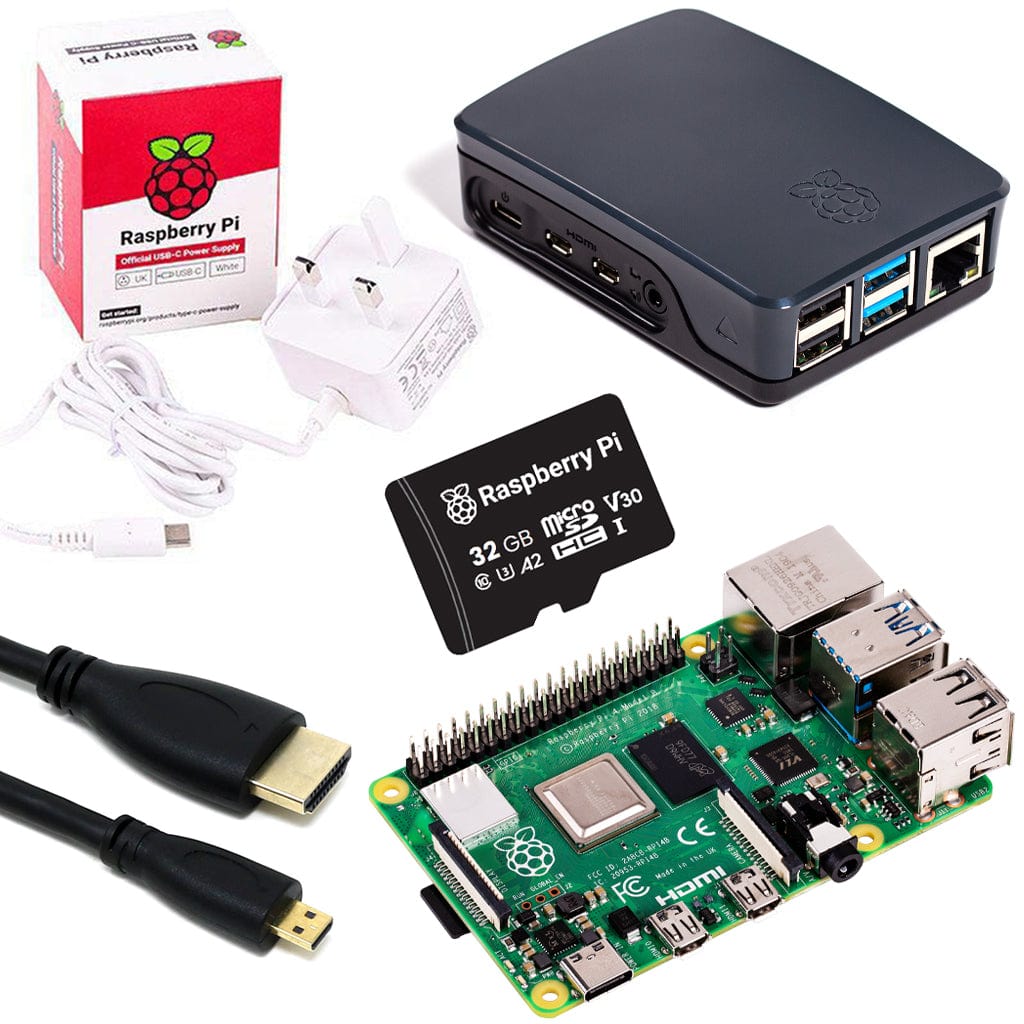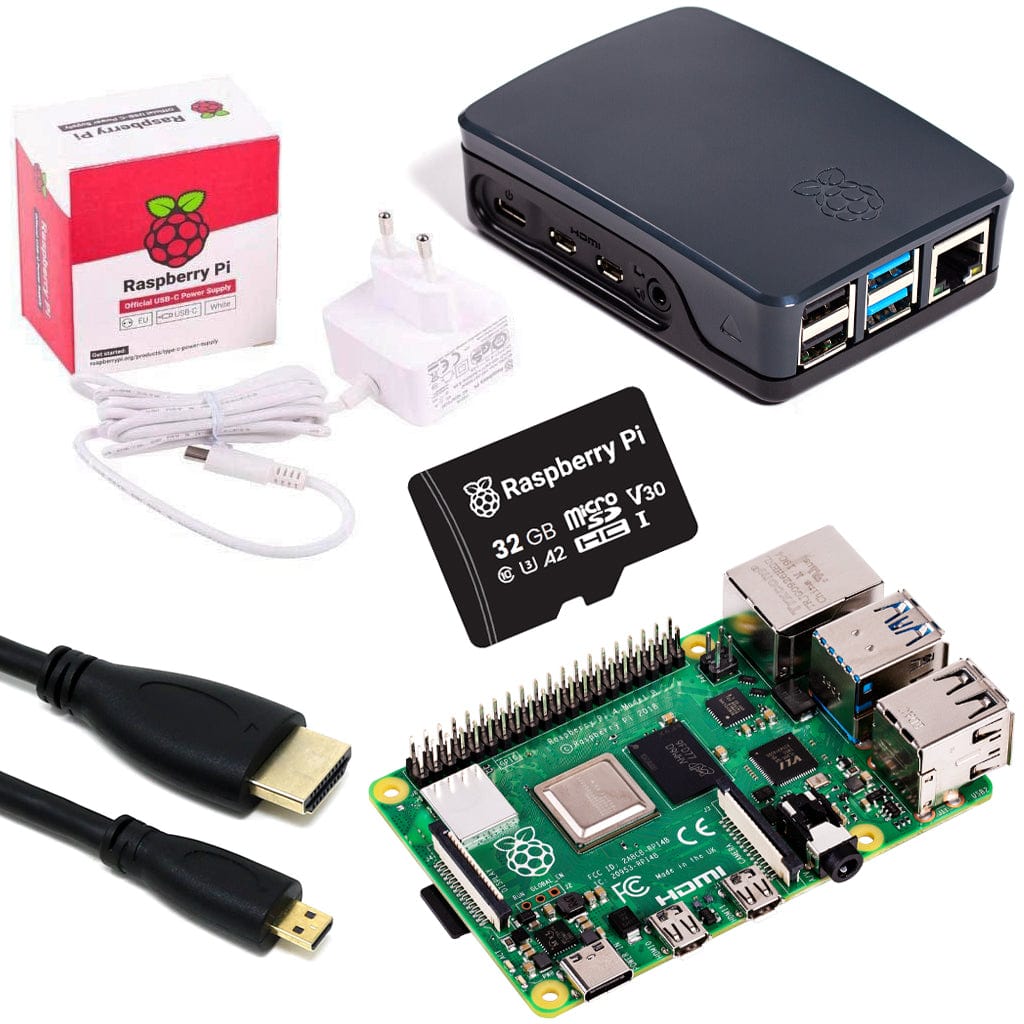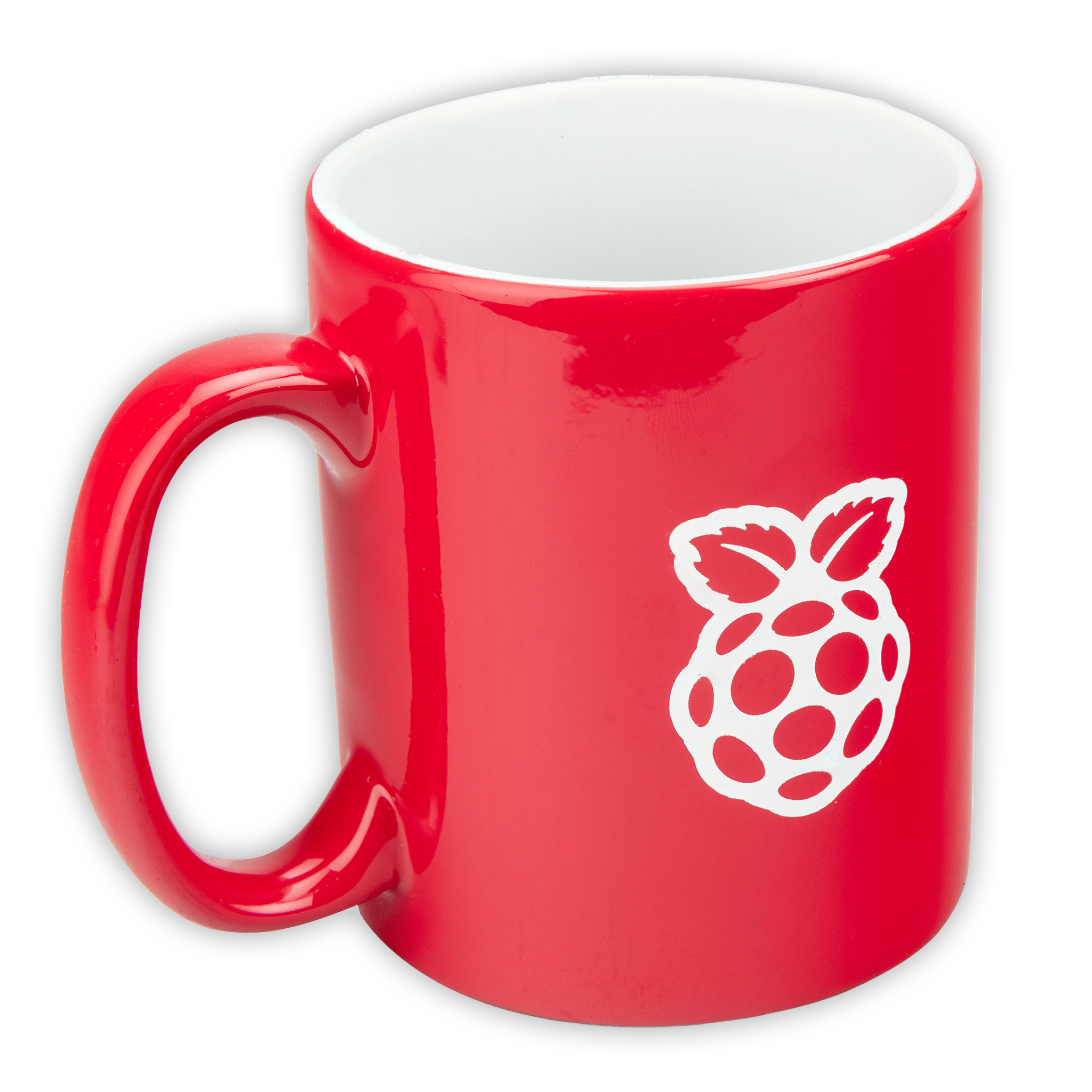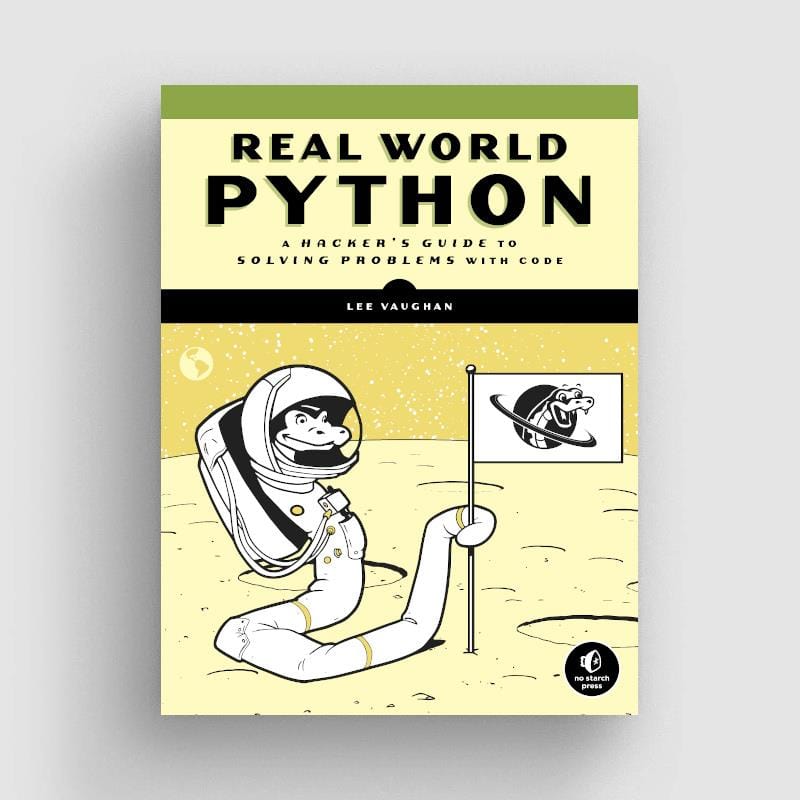
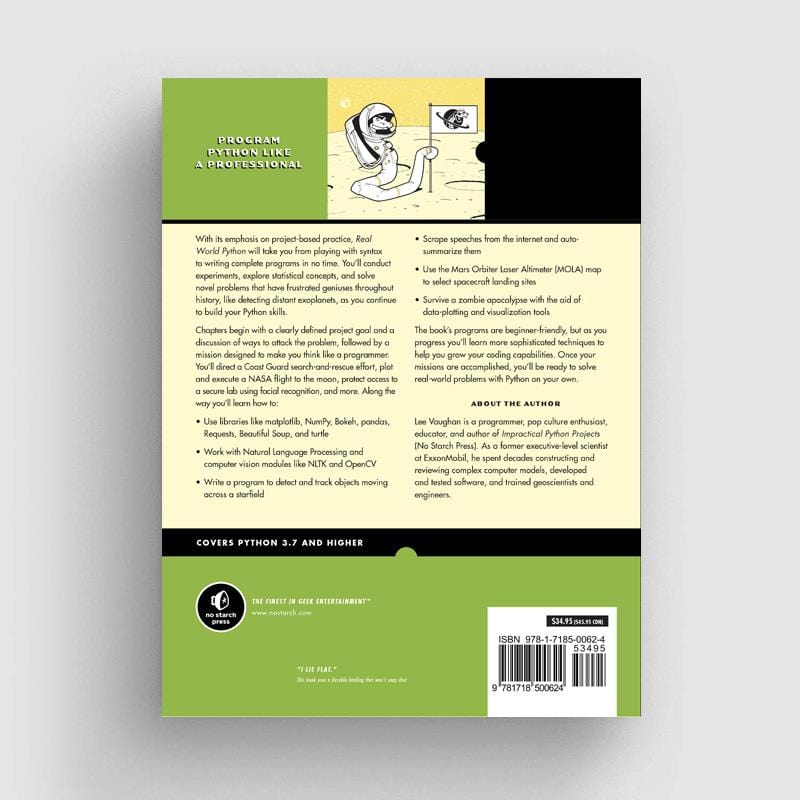
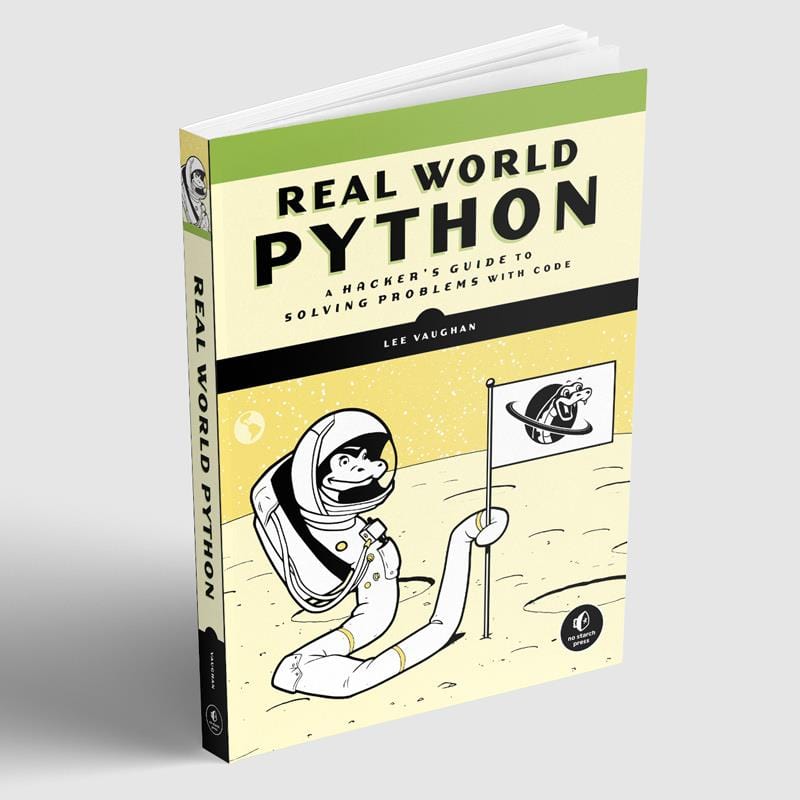
Login / Signup
Cart
Your cart is empty
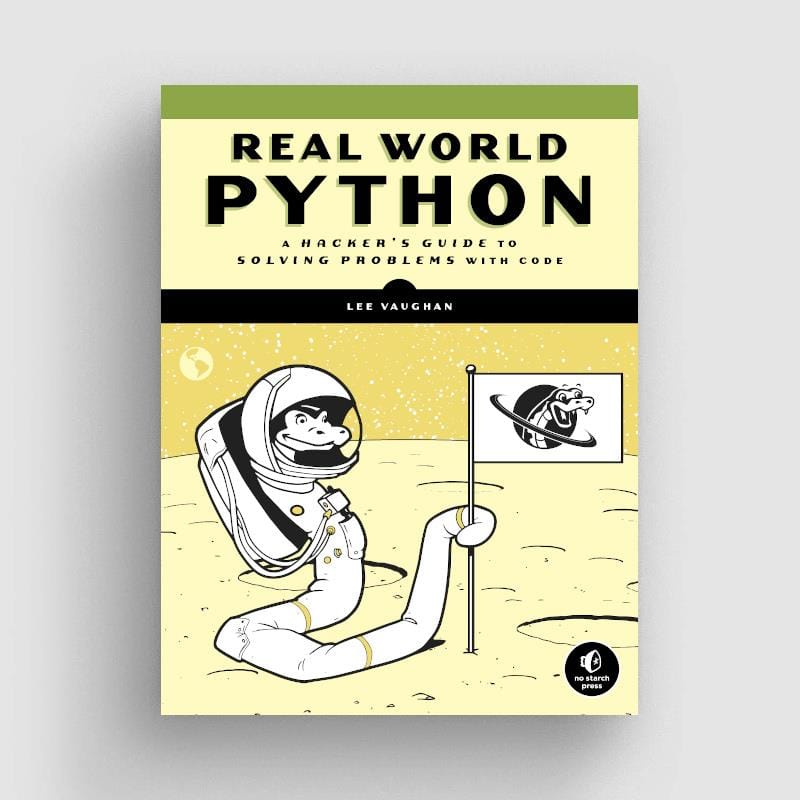
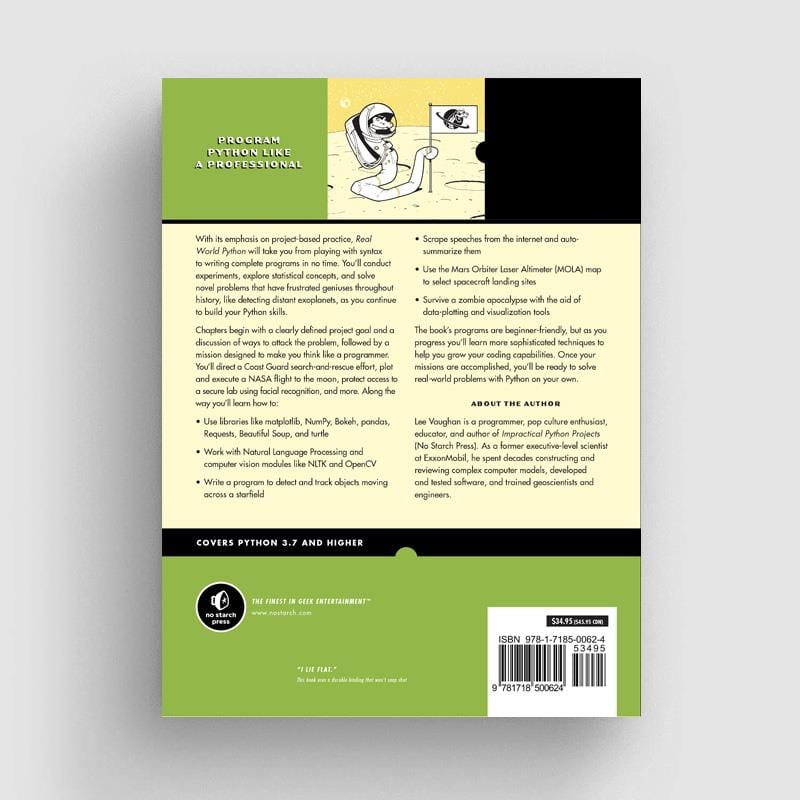
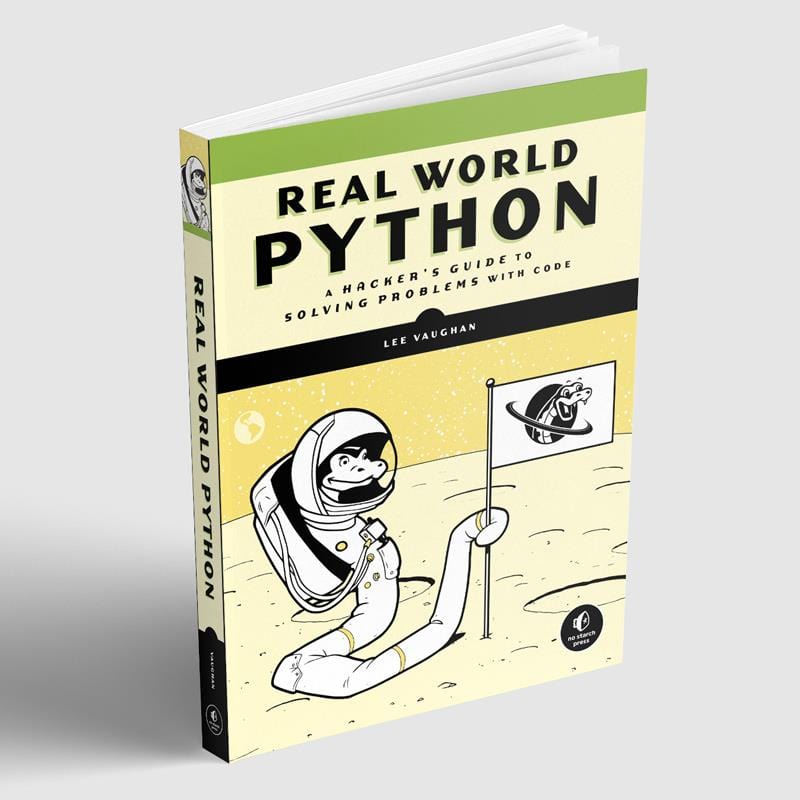
Program python like a professional!
With its emphasis on project-based practice, Real World Python will take you from playing with syntax to writing complete programs in no time. You’ll conduct experiments, explore statistical concepts, and solve novel problems that have frustrated geniuses throughout history, like detecting distant exoplanets, as you continue to build your Python skills.
Chapters begin with a clearly defined project goal and a discussion of ways to attack the problem, followed by a mission designed to make you think like a programmer. You’ll direct a Coast Guard search-and-rescue effort, plot and execute a NASA flight to the moon, protect access to a secure lab using facial recognition, and more. Along the way you’ll learn how to:
The book’s programs are beginner-friendly, but as you progress you’ll learn more sophisticated techniques to help you grow your coding capabilities. Once your missions are accomplished, you’ll be ready to solve real-world problems with Python on your own.
You can find code files and solutions to the book's programs at its GitHub page.
Lee Vaughan is a programmer, pop culture enthusiast, educator, and author of Impractical Python Projects. As a former executive-level scientist at ExxonMobil, he spent decades constructing and reviewing complex computer models, developed and tested software, and trained geoscientists and engineers.
Introduction
Chapter 1:Saving Shipwrecked Sailors with Bayes’ Rule
Chapter 2: Attributing Authorship with Stylometry
Chapter 3: Summarizing Speeches
Chapter 4: Sending Super-secret Messages
Chapter 5: Finding Pluto
Chapter 6: Winning the Moon Race with Apollo 8
Chapter 7: Selecting Martian Landing Sites
Chapter 8: Detecting Distant Exoplanets
Chapter 9: Identifying Friend or Foe
Chapter 10: Restricting Access with Face Recognition
Chapter 11: Escaping the Walking Dead with Data Science
Chapter 12: Are We Living in an Alien Simulation?
Appendix: Solutions to Practice Problems
Index
Page 21: Listing 1-9: Some users may experience the following error associated with Line 234 of bayes.py:
cv.circle(app.img, (sailor_x, sailor_y), 3, (255, 0, 0), -1)
TypeError: only integer scalar arrays can be converted to a scalar index
If this occurs, change Line 234 to:
cv.circle(app.img, (sailor_x[0], sailor_y[0]), 3, (255, 0, 0), -1)
If the error persists substitute sailor_x.item(0) and sailor_y.item(0)
Page 54: The last line of Listing 3-1 should read as:
speech = ' '.join(p_elems) # Use a space to join the paragraph elements.
Page 60: There are only about a dozen sentences in the whole speech with 10 or fewer words, not 7 as stated.
Page 62: The last line of Listing 3-6 should read as:
speech = ' '.join(p_elems) # Use a space to join the paragraph elements
Listing 3-7 should read as:
Print("\nSummary of Make Your Bed speech:")
Print(summarize(speech, word_count=225))
Page 179: The reference for the “Experimenting with Transit Photometry” section should be page 186, not 182.




